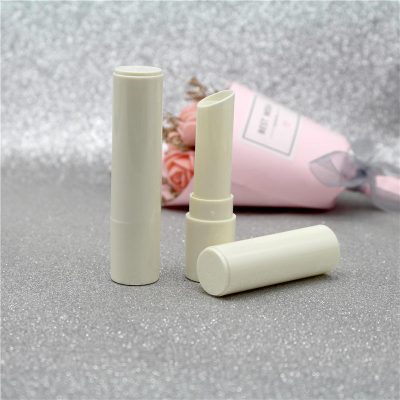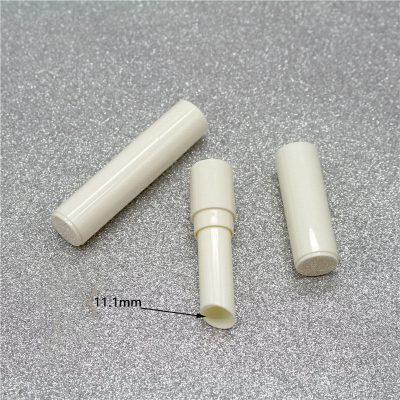1. Castor oil: It is obtained by squeezing the seeds of castor oil. Its dosage is generally 12%-50%, and the purity of raw materials is relatively high.
2. Olive oil: It is obtained by pressing olive oil and used in lipsticks to adjust the hardness and ductility of lipsticks.
3. Cocoa butter: It is extracted from the cocoa kernels in the fruit of the cocoa tree, and the dosage is generally 1%-5%.
4. Anhydrous lanolin (lanolin): It is a fatty substance extracted from wool. It is divided into anhydrous lanolin and anhydrous lanolin. It is one of the indispensable raw materials in lipsticks. Due to the bad smell of lanolin, Its dosage should not be too much, generally 10%-30%, and lanolin derivatives are also used to avoid this disadvantage.
5. Spermaceti & cetyl alcohol: It has a softening effect in lipsticks and dissolves bromate red dye, but is not reused because it can make the applied film of the lipstick form a dull outer surface .
6. Glyceryl monostearate (glyceryl monostearate): It is an oil-in-water emulsifier, and it also has a high solubility for bromate red dye in lipsticks. And has the effect of enhancing moisturizing and strengthening the backbone.
7. Isopropyl myristate (isopropyl myristate): can be used as a mutual solvent and lubricant for lip balm, the dosage is 3%-8%.
8. Refined ozokerite wax (ozokerite wax): ozokerite wax, also known as mineral ozokerite wax, is a kind of natural mineral wax obtained after refining and processing. Secondary ozokerite wax can be used as an important curing agent for lipstick and hair wax.
9. Carnauba wax (carnauba wax): It is obtained by leaching the leaves of palm cypress in Brazil and Europe in South America, and its dosage is generally 1%-3%.
10. Bees wax: As the name suggests, it is a refined fatty wax secreted from the eight wax glands in the abdomen of the worker bees.
11. Candelilla wax: It is extracted from the stem of the candelilla tree.
12. Vaseline
13. Mineral oil
14. The second part of the lipstick is the colorant, which is what we usually call the pigment. In lipsticks, one pigment is rarely used alone, and most of them are made up of two or more pigments. The pigments in the lipstick are divided into There are three types of soluble dyes, insoluble pigments and pearlescent pigments. Soluble dyes play a coloring role by penetrating the skin on the outer surface of the lips. The most widely used soluble coloring dyes are bromate red dyes. In modern lipstick products, the adhesion of color mainly depends on bromate red, but bromate red is insoluble in water. Synthetic pearlescent pigments are mostly used in pearlescent pigments, such as bismuth hydroxide, mica-titanium dioxide film, etc., which are non-toxic and non-irritating to the body.
15. The third part of lip balm is the essence. The requirements for the lip balm fragrance are that it is not irritating to the human mucous membranes, but also completely covers the smell of fat wax, and also reflects the elegant fragrance. Therefore, some elegant floral, fruity and Some food flavors are used more, and the content of flavors in lipsticks is about 2%-4%.
16. As for the last type of functional additive ingredients, it is nothing more than adding some sunscreen ingredients, or adding some vitamin E, or adding some plant extracts, etc. Most lip balms do not have them, and they add a little more to the lip balm.









